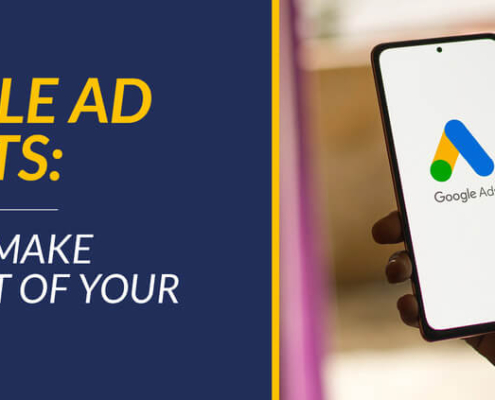
Google Ad Grants: How to Make The Most of Your Free Ads
Imagine having $10,000 each month to get your nonprofit in front…

Powerful Nonprofit Advertising Examples To Inspire Your Ads
Have you ever encountered an advertisement so compelling that…

How to Optimize Your Facebook Ads for Nonprofits: 7 Tips
Facebook boasts an average of over 3 billion monthly visitors,…

Why and How to Work with a Nonprofit Marketing Agency
From raising funds and spreading awareness to informing beneficiaries…